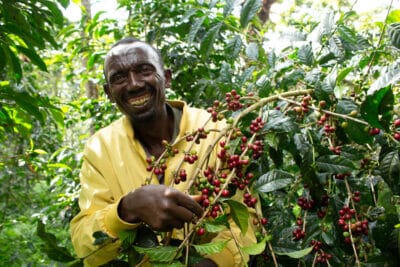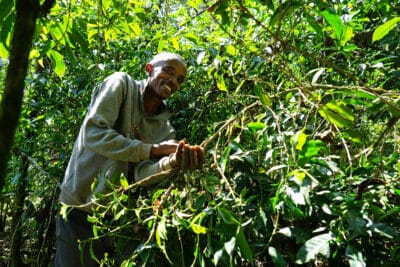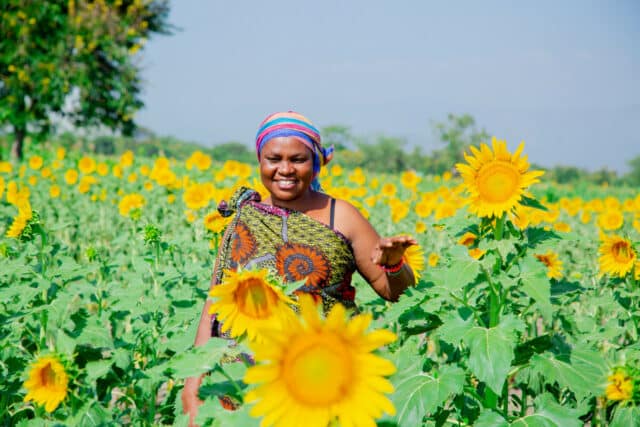News
Ethiopia
13 July 2023
Managing the landscape in the Central Rift Valley
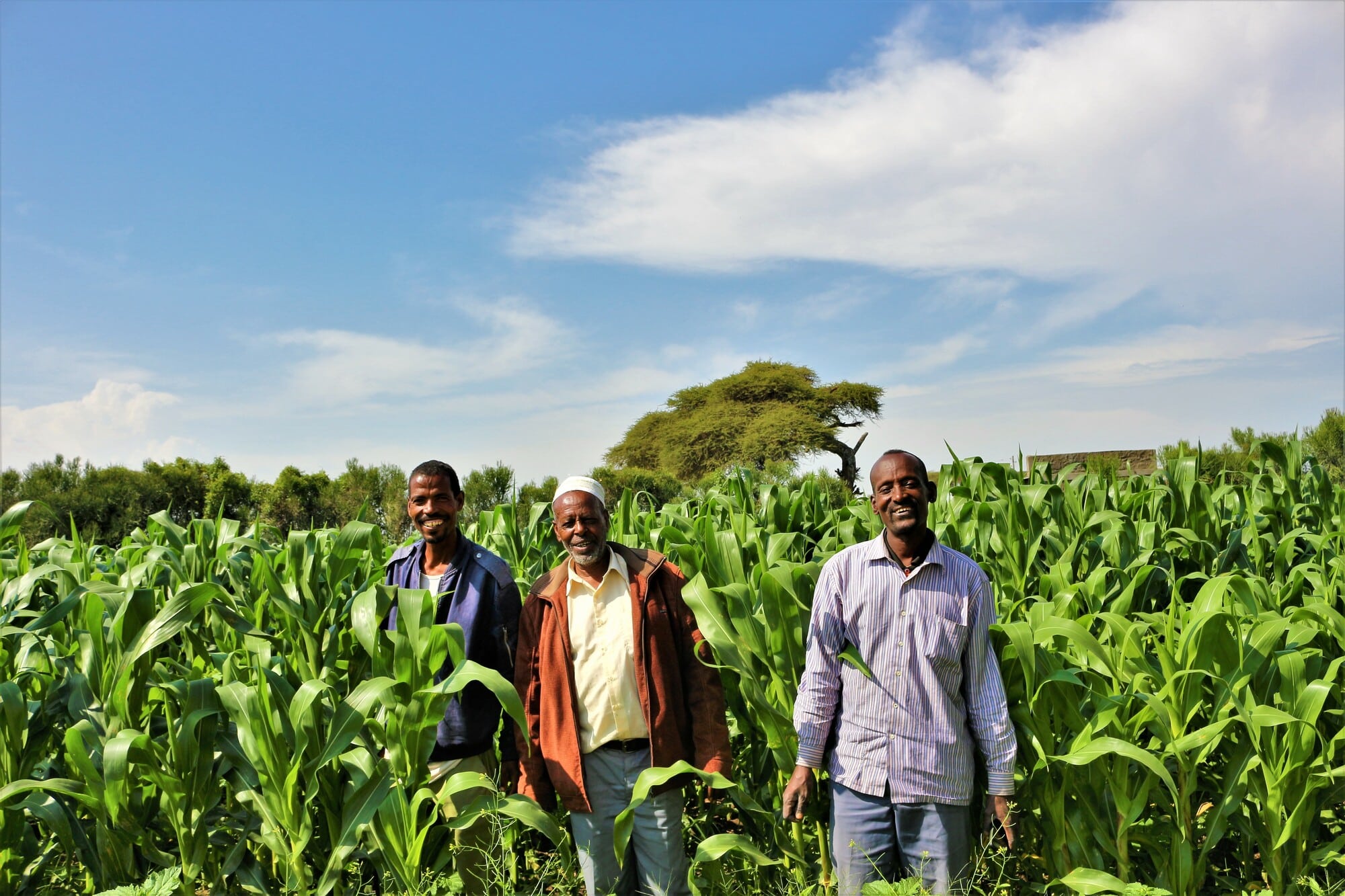
The Central Rift Valley (CRV) is a magnificent landscape in Ethiopia is known for its unique ecosystems, wildlife and endowment of water resources, forests and productive soil. However, uncoordinated development and persistent poverty are undermining the resilience of rural communities there.
Land degradation and deforestation are high and widespread. The quality and quantity of the water resources are declining. Protected areas are facing high levels of encroachment, affecting biodiversity and tourism potential. Agricultural potential is being lost due to land and soil degradation, overgrazing and the effects of climate change.
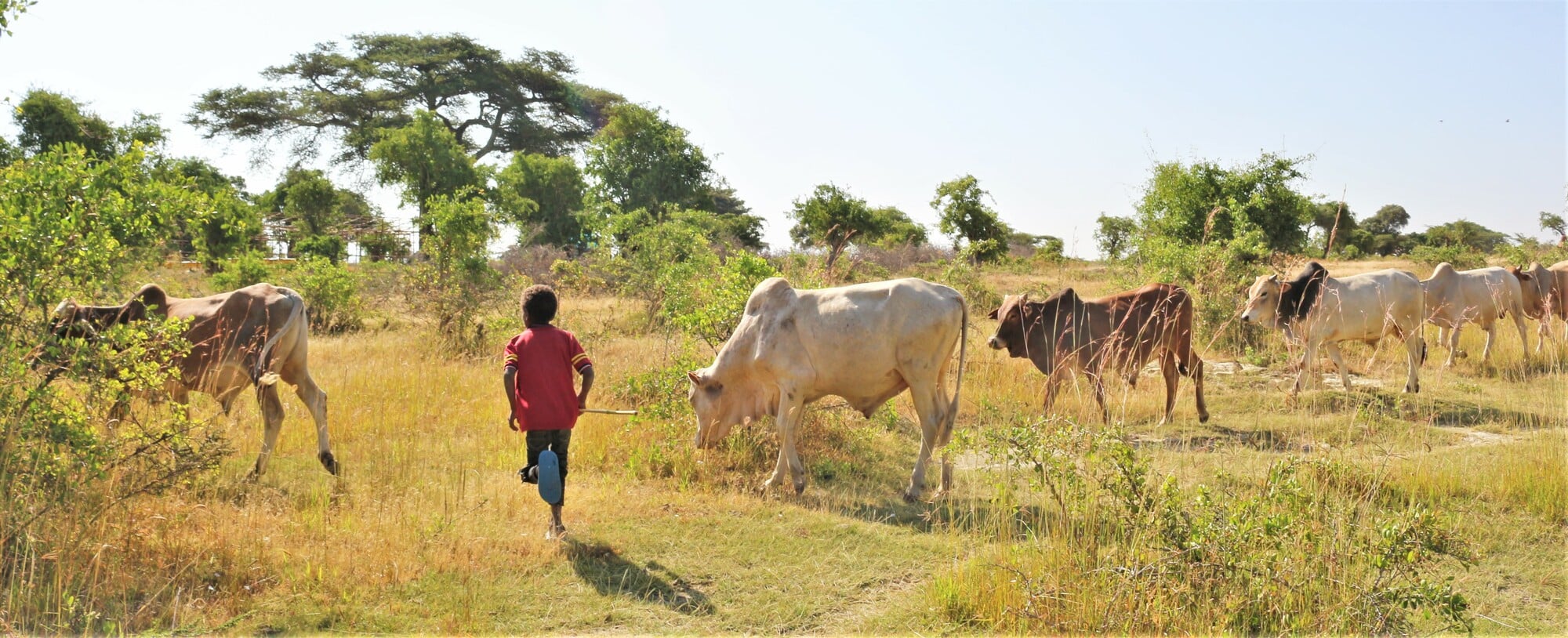
Farm Africa’s five-year CRV project helped local communities to increase and diversify their incomes by engaging in a variety of sustainable businesses, ranging from growing fruits, vegetables, spices and staple crops to beekeeping; rearing fish, goats and poultry; fattening livestock and producing and selling vermi-compost. Others set up non-farming small businesses.
Haricot bean production was particularly successful, having the twin benefits of being a high-value cash crop and a plant that helps to enhance the fertility of the soil through nitrogen fixation.
By producing a range of foods, families were able to increase their nutrition as well as incomes. And by replacing chemical fertilisers with vermi-compost, and using solar-powered water pumps, biogas technologies and fuel-efficient cook-stoves, farmers were able to reduce greenhouse gas emissions.
We also helped local communities to untap the potential of ecotourism, with jobs created in new ecotourism lodges in Senkele and Abijata Shalla Lakes National Parks.
Meanwhile, cattle that once grazed freely are now restricted to certain areas, with huge benefits to once barren rangelands that are again bursting with life. Verdant green grass is flourishing, springs have resurfaced, and wild animals including hippos, kerkeros (wild boars) and birds have returned to the area.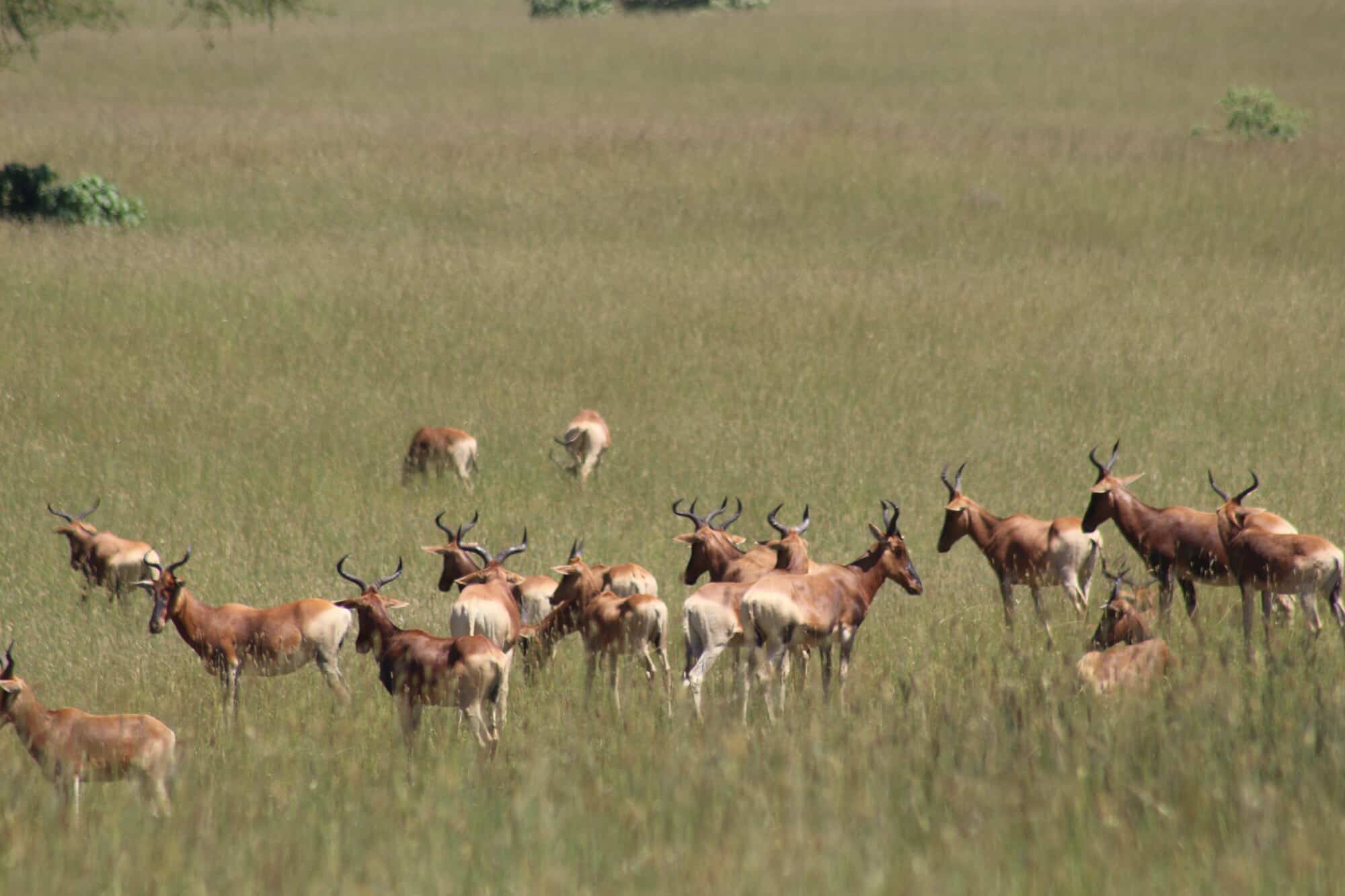
The endangered Swayne’s hartebeest is thriving under community-led rangeland management agreements in the Senkelle Swayne’s Hartebeests Sanctuary.
Over the five years of the project, average household incomes increased from 25,254 Birr (£380) to 83,016 Birr (£1,248).
Farm Africa’s work in the Central Rift Valley came under the Growth for the Future programme, a six-year (2017-22) project designed by Farm Africa and partner NGOs in collaboration with the Swedish International Development Agency (Sida) to improve the profitability of people’s livelihoods in Ethiopia in an environmentally friendly way.
The programme’s six projects that took place in different settings, but are linked by shared aims to kickstart economic development, build communities’ resilience to climate change and conserve biodiversity.
This story is from Farm Africa’s 2022 annual review. Find more case studies from our projects and download our annual review here.
To find out more about the project download our Landscape Management in the Central Rift Valley report. (PDF 4.5MB)
